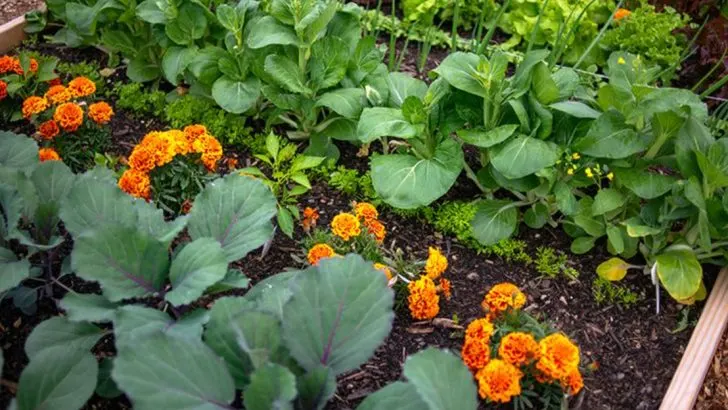Don’t let a small space stop you from growing your own fresh vegetables! With the right techniques and smart planning, you can create an abundant vegetable garden even in the most compact areas—whether it’s a balcony, patio, or tiny backyard.
By using vertical gardening, container planting, and space-saving layouts, you can maximize your growing area while producing a continuous harvest of delicious, homegrown vegetables. Choosing the right high-yield crops and learning how to make the most of sunlight, soil, and watering techniques will ensure your small garden thrives.
In this article, we’ll guide you through the best strategies for growing an abundant vegetable garden in small spaces, so you can enjoy fresh, organic produce no matter how limited your space may be!
Vertical Gardening
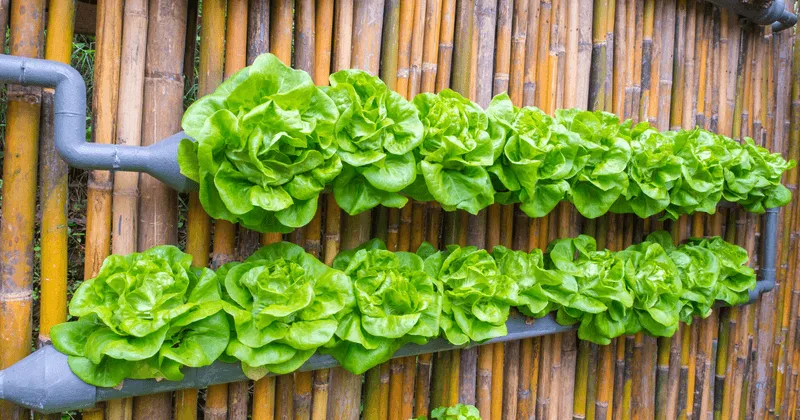
In confined spaces, think upwards rather than outwards. Vertical gardening is an efficient way to maximize limited areas. Attach trellises or vertical planters to walls or fences, giving your plants the height advantage. Not only does this save ground space, but it also adds an appealing greenery layer at eye level. Herbs, strawberries, and lettuce thrive in such setups. As an added benefit, vertical gardens can make watering and harvesting more accessible, requiring less bending. An urban balcony can transform into a vibrant garden, offering more produce per square foot than traditional methods.
Container Selection
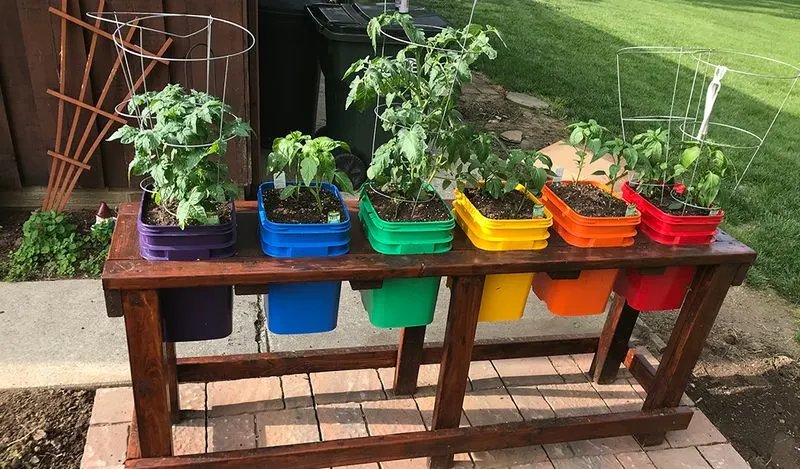
Choosing the right container can make or break your gardening success. Opt for containers that are deep and wide enough to accommodate root growth. Be creative – anything from old buckets to decorative pots can serve as a home for your veggies. Ensure they have drainage holes to prevent waterlogging. By arranging containers in clusters, you can create a visually pleasing and functional garden space. Grouping plants with similar needs together simplifies care. This approach allows for flexibility, as containers can be moved to catch the best sunlight throughout the day.
Companion Planting
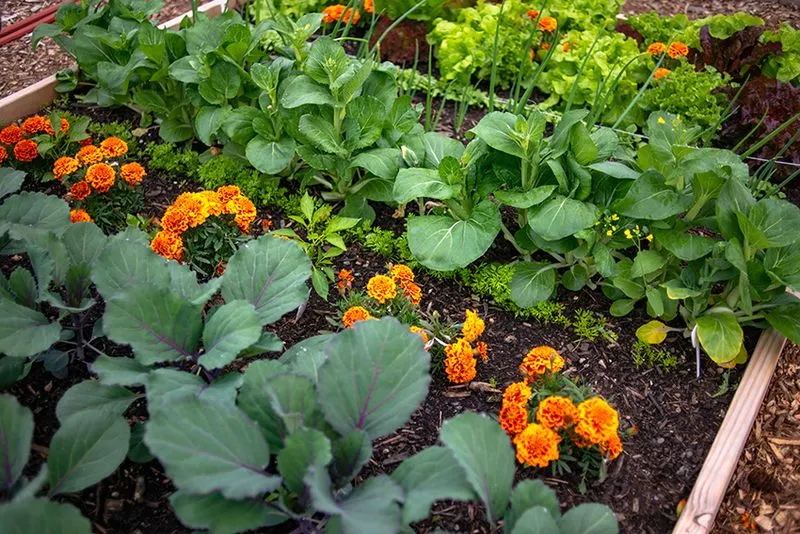
Some plants grow better when paired with the right companions. Companion planting involves strategically placing plants together to enhance growth, deter pests, or improve flavor. For example, basil and tomatoes pair wonderfully, while marigolds can repel nematodes and attract beneficial insects. This natural method reduces the need for chemical interventions, promoting a healthier garden ecosystem. By understanding plant relationships, you can boost productivity and protect your crops even in confined spaces. It’s like having a garden team working together harmoniously to yield better results.
Soil Quality
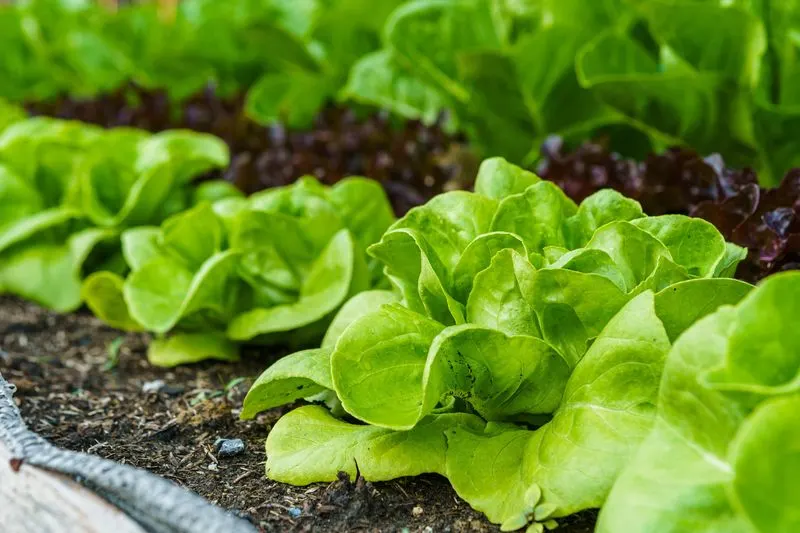
The foundation of any thriving garden is healthy soil. For container gardens, using high-quality potting mix is essential. These mixes are designed to retain moisture while providing adequate drainage, crucial for container plants. Enrich the soil with organic matter like compost to boost nutrient levels. Regularly refreshing the soil mix can prevent nutrient depletion over time. Healthy soil supports robust plant growth and helps ward off diseases. Even in small spaces, focusing on soil quality ensures your vegetables receive the best start possible, fostering strong, productive plants.
Succession Planting
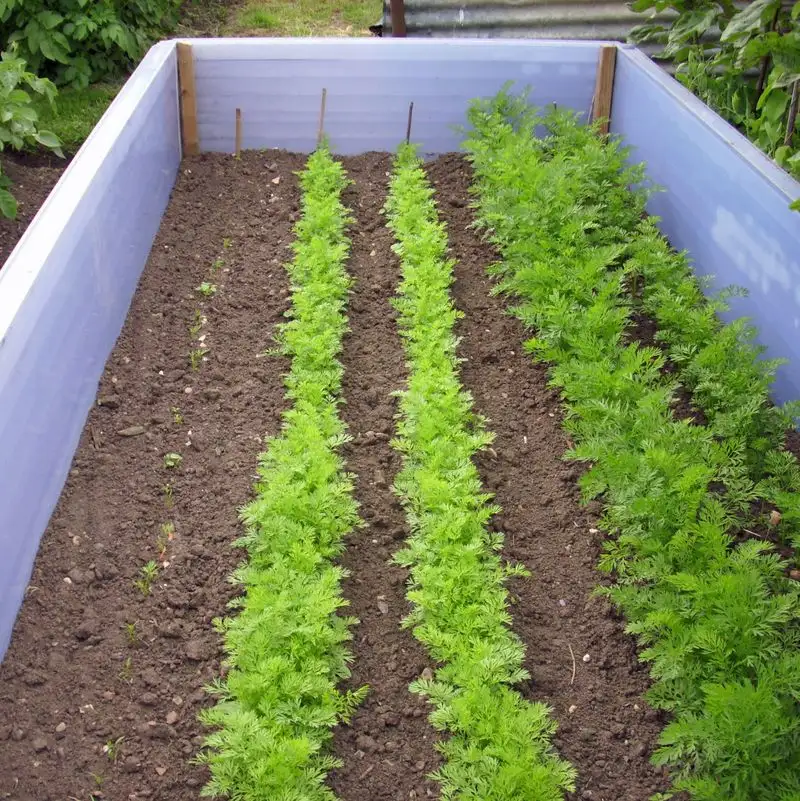
To keep your garden productive year-round, practice succession planting. This involves planting new crops as soon as space becomes available after a harvest. By continuously sowing seeds, your garden can produce multiple yields throughout the growing season. Lettuce, radishes, and carrots are excellent choices due to their short growing cycles. This method maximizes your small space by ensuring no plot is left bare for long. It keeps your garden dynamic, providing a steady supply of fresh produce and making the most of every square foot.
Efficient Watering Techniques
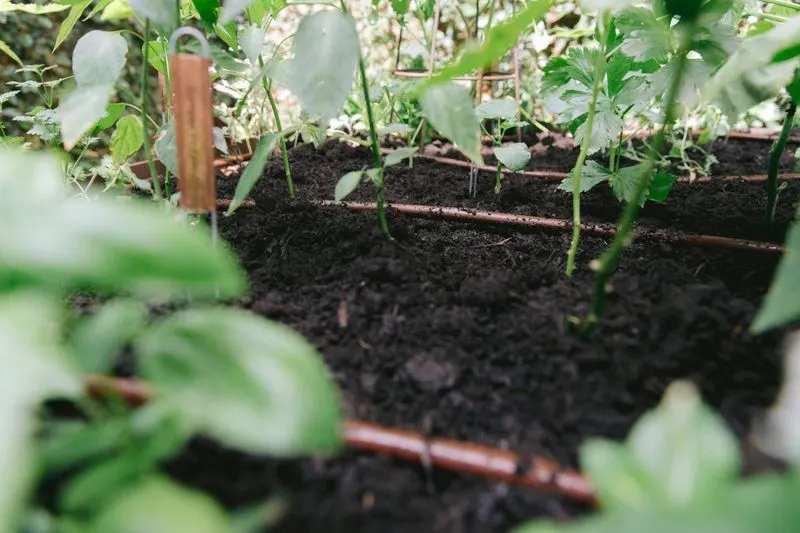
Efficient watering is key in small gardens, where space and resources are limited. Drip irrigation systems are ideal, providing consistent moisture directly to plant roots, thus reducing water waste. Alternatively, self-watering planters can maintain optimal soil moisture levels. Watering in the early morning minimizes evaporation, ensuring plants receive the hydration they need. Mulching the soil surface retains moisture and moderates temperature fluctuations. By focusing on smart watering techniques, you can maintain a healthy garden ecosystem with minimal effort, even in the most compact areas.
Choosing the Right Vegetables
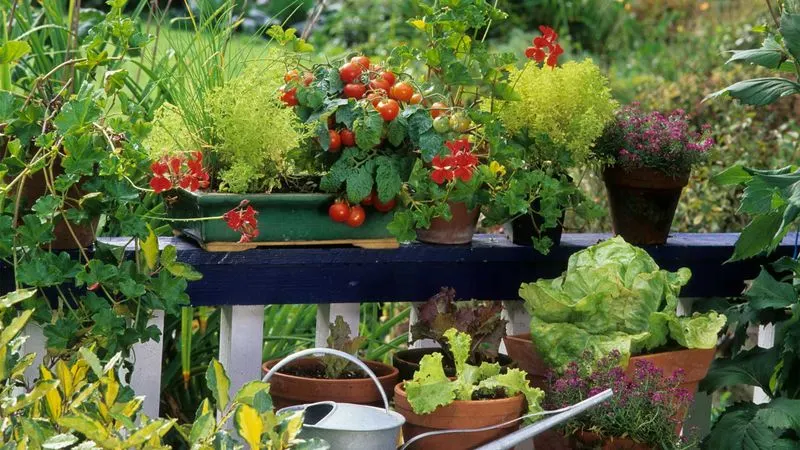
Maximize your harvest by selecting vegetables suited for small spaces. Compact or dwarf varieties such as cherry tomatoes, radishes, and baby carrots are perfect choices. These plants require less room to grow but yield generous produce. Additionally, consider fast-growing greens like arugula and spinach for quick harvesting. Choose vegetables that align with your culinary preferences, ensuring what you grow is what you’ll consume. By matching your space constraints with appropriate vegetable selections, you can create a productive garden that fits perfectly within your available area.
Utilizing Microgreens
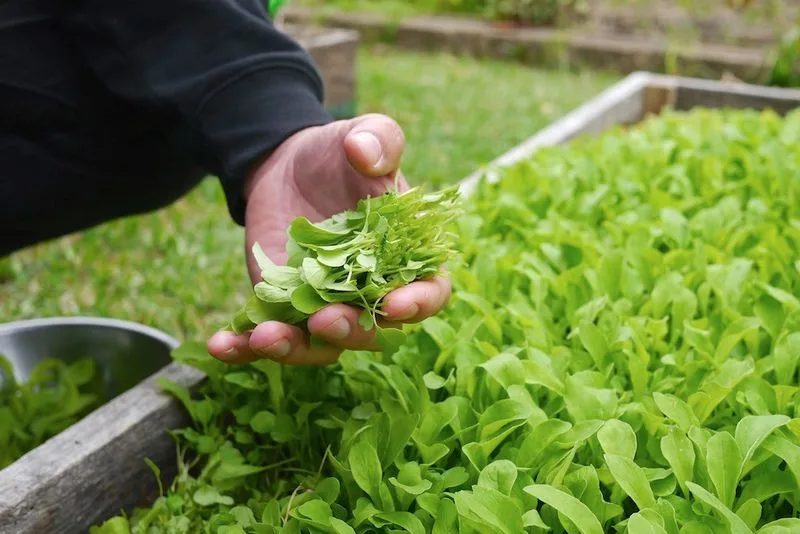
Microgreens are a fantastic addition to any small garden. They are young vegetable greens harvested just after the first leaves develop, offering intense flavors and nutritional benefits. Growing microgreens requires minimal space and time; a sunny windowsill or a small countertop is sufficient. Use shallow trays and a quality growing medium to cultivate these nutrient-packed greens. Harvesting can begin within weeks, providing a continuous supply of fresh greens to garnish meals. They offer an excellent solution for gardeners with limited outdoor space, adding variety and nutrition to your diet.
Creative Use of Recycled Materials
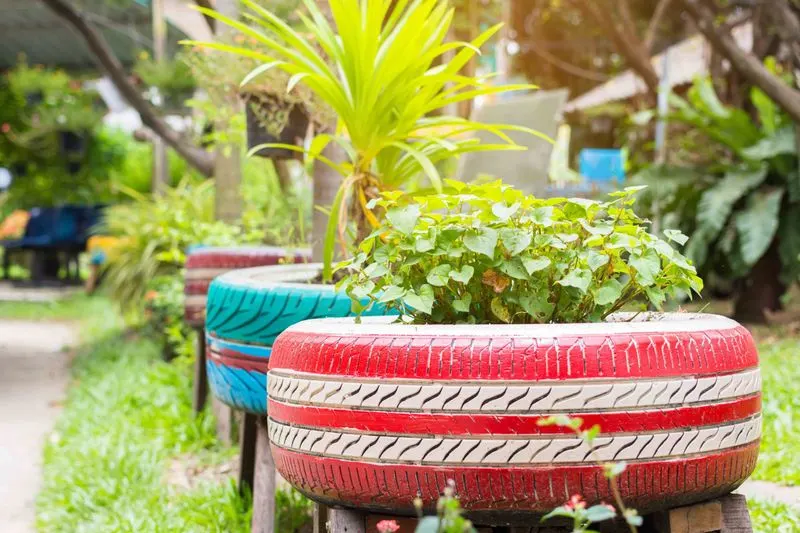
Recycling materials can be both budget-friendly and environmentally conscious. Repurpose wooden pallets, old tires, or plastic bottles as innovative planters. These materials add character to your garden while serving a functional purpose. Paint them for a personalized touch or leave them natural for a rustic look. Besides being eco-friendly, using recycled items reduces garden setup costs. This approach encourages creativity, allowing you to tailor your garden’s aesthetic while promoting sustainability. Even in tight spaces, the use of recycled materials can lead to a unique and productive growing environment.
Regular Maintenance Routine
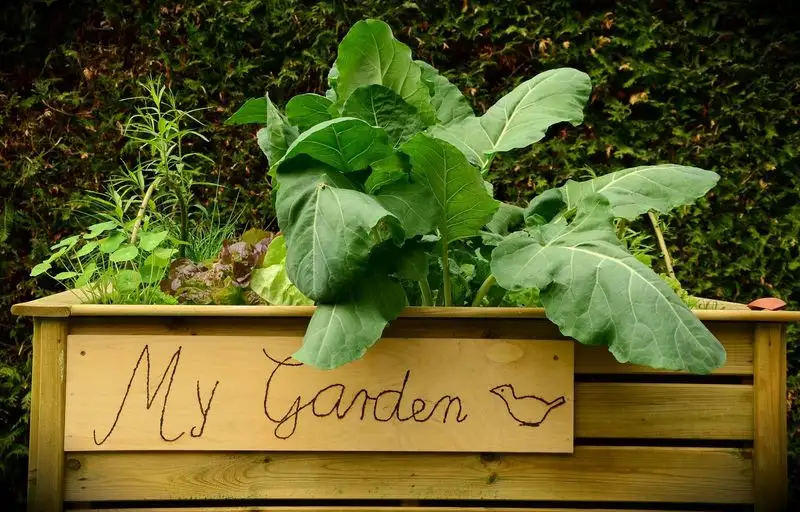
Consistency is key in maintaining a thriving garden. Regularly check plants for signs of pests or diseases and address issues promptly to prevent spread. Pruning and deadheading encourage healthy growth and increase airflow. Keep pathways clear and tidy, ensuring easy access to all plants. Fertilize according to plant needs, and monitor watering schedules to adapt to weather changes. By maintaining a regular routine, you ensure your small space garden remains healthy and productive. This attention to detail pays off, resulting in a bountiful harvest and a visually appealing garden area.

